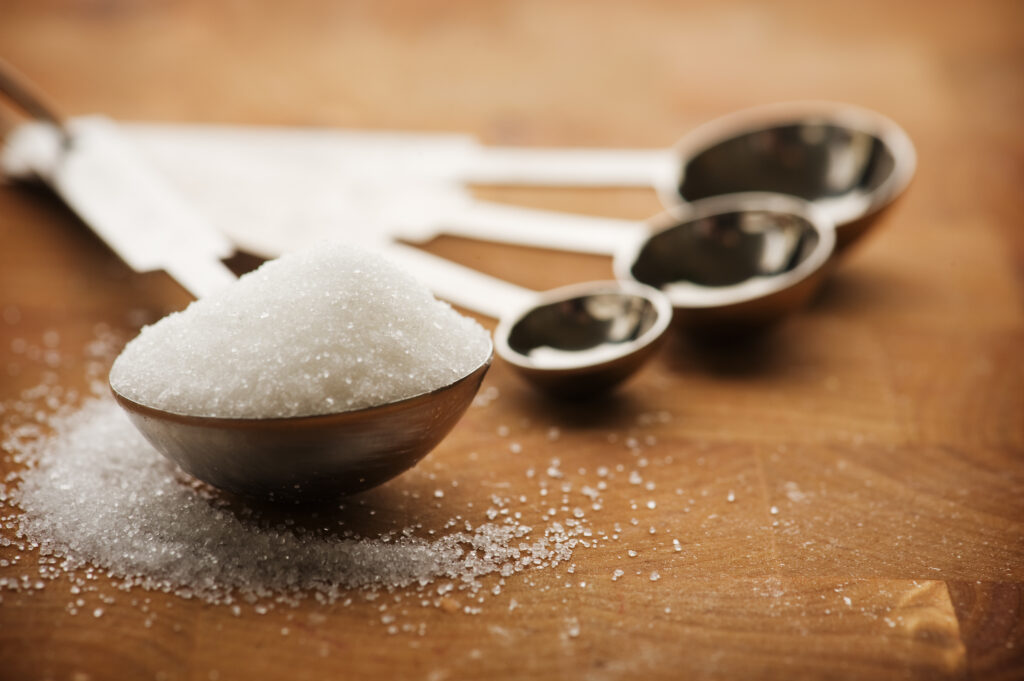How to Achieve Great Mouthfeel in Beverage Applications
Beverage Applications Manager, Whitney Johnson, weighs in on the latest mouthfeel innovations, how to overcome application challenges and current consumer demands/trends in the beverage sector.
As published in the January 2023 digital issue of Perfumer & Flavorist
What are some of the current application focuses of the mouthfeel innovation market?
We are seeing a lot of requests in the alcohol and non-alcohol beverage space to create a fuller mouthfeel in products with lower sugar. While these products aren’t diet products, they are being developed with a lower amount of sugar to start (between 0-4%). Consumers are still expecting a full flavor experience with lower sugar products, but building that back in can be difficult when brands are looking to make cleaner/shorter ingredient statements.
From your perspective, what are the more difficult applications when considering mouthfeel? Why?
Nutritional/functional products are most challenging to develop when trying to create the right mouthfeel. Protein ingredients can vary greatly in the attributes they bring to a product, affecting thickness, astringency, etc. While some proteins create a lot of thickness or viscosity in a product, it may be undesirable. Other proteins though, may not change the texture enough and then the end product needs to be thicker. It’s important to first have a good understanding of your ingredient source (e.g., animal or plant protein) and how to blend and adjust the source to get a good mouthfeel base. Once this is solidified, working with the right flavor and modifier system to optimize the product for an optimal taste experience is key.
What are the evolving consumer demands you’re seeing?
We’re receiving a lot of requests for low-calorie, low sugar and no artificial ingredients. With the recent volatility in the supply chain market, we also have customers who are looking to replace thickeners or enhance mouthfeel because the ingredient they were using to create this has longer lead times or isn’t available.
What are the trends driving these demands?
Supply chain issues have been a big challenge for the food industry in the past year. Customers are trying to keep their plants full and shelves stocked and are looking for alternate and creative ways to solve these issues. We have also seen many brands make commitments to their consumers saying they will lower sugar or have no artificial ingredients by a certain date. We have had success in addressing these issues with minimal impact to the label and cost of the product, enabling our customers to continue manufacturing their products and stay true to their commitments.
Any untapped potential or opportunities in the mouthfeel innovation market?
We often think of innovation in mouthfeel as it relates to making the product taste better and cleaner, but I think there’s also a big opportunity for cost savings. With the volatility of the market and bulk commodities, replacing part of a formulation with a mouthfeel technology ingredient could help reduce the cost of the formulation, as well as any costs associated with freight/shipping.
